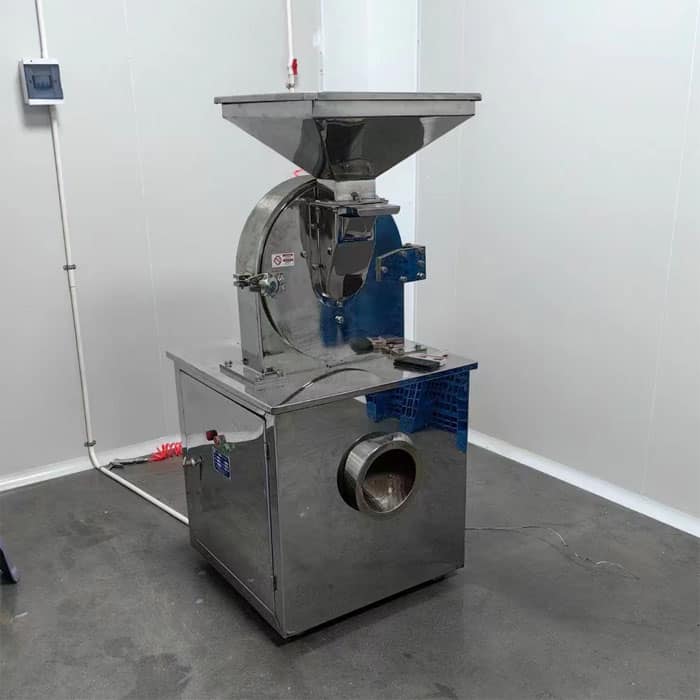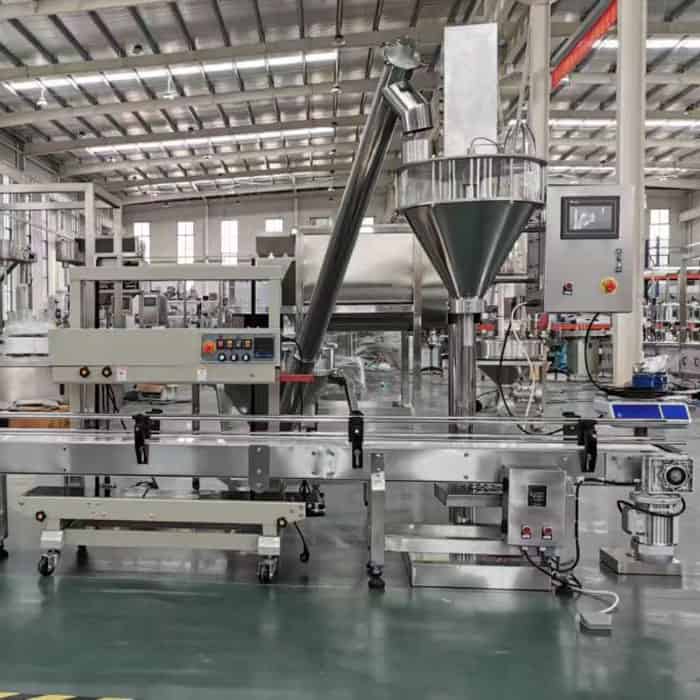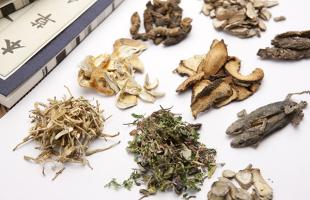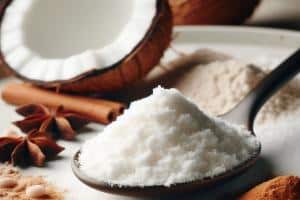Table of Contents
What is rice powder?
Rice powder, also known as rice flour, is a type of flour made from finely milled rice. It is a common substitute for wheat flour, especially for people who are gluten-intolerant or allergic to wheat. It is also used as a thickening agent in recipes that are refrigerated or frozen, as it prevents liquid separation.

Rice powder benefits
1 . Versatility in Cooking and Baking: It is a popular ingredient in cooking and baking to add texture and thickness to dishes. It is often used in gluten-free recipes as a substitute for wheat flour. There are various recipes, including rice noodles, rice cakes, and rice dumplings.
2. Benefits of rice powder for skin: Gentle on skin, it is a common ingredient in cosmetics and skincare products. It is used in face powders, foundations, and other cosmetic formulations for its oil-bsorbing properties and ability to provide a smooth finish.
3. Thickening Agent: It can act as a thickening agent in soups, stews, and sauces due to its ability to absorb liquids and create a smoother consistency.
4. Nutrient Content: Rice contains essential nutrients, including carbohydrates and small amounts of protein. While the processing of rice into powder may reduce some nutrient levels, it still retains certain nutritional benefits.
How to make rice powder?
Making rice powder is a simple process. Here’s a basic guide on how to make rice powder:
1 . Select the Rice
Choose the type of rice you prefer—white rice for a lighter powder or brown rice for a nuttier flavor and additional nutrients.
2. Rinse the Rice
Rinse the rice thoroughly under cold water to remove any impurities or excess starch. This helps produce a cleaner powder.
3. Drain the Rice
Allow the rinsed rice to drain in a fine mesh sieve or colander to remove excess water.
4. Grinding the Rice
Use a blender or powder grinder machine to grind the dried rice into a fine powder. You may need to grind in batches, especially if you are using a small appliance. Pulse the rice to avoid overheating the equipment.
5. Sift the Powder
After grinding, pass the rice powder through a fine mesh sieve or use a flour sifter to remove any larger particles and achieve a smoother consistency.
6. Store the Powder
Filling and packaging the powder to an airtight container for storage. Keep it in a cool, dry place away from moisture.
Recommend machines to make rice powder
FAQ about rice powder
1 . Rice flour vs rice powder, are they same?
While they are sometimes used interchangeably, they can have specific meanings depending on the context. However, in many cases, they refer to the same product.
2. What type of rice is best for making powder?
Both white and brown rice can be used to make rice powder. White rice is often preferred for a neutral flavor, while brown rice may provide a nuttier taste and additional nutrients.
3. Do I need to rinse the rice before making rice powder?
Yes, it’s recommended to rinse the rice thoroughly under cold water to remove impurities and excess starch. This helps produce a cleaner powder.
4. How fine should the rice powder be?
The fineness of the powder depends on your intended use. For culinary applications, a fine powder is generally preferred. For cosmetic uses, a smoother consistency may be desired. The powder grinder machine can grinding rice powder into 10-350mesh by changing different mesh sieve.
5. Can I use homemade rice powder for skincare?
Yes, if the powder is finely ground and free from additives, it can be used in homemade skincare recipes.









